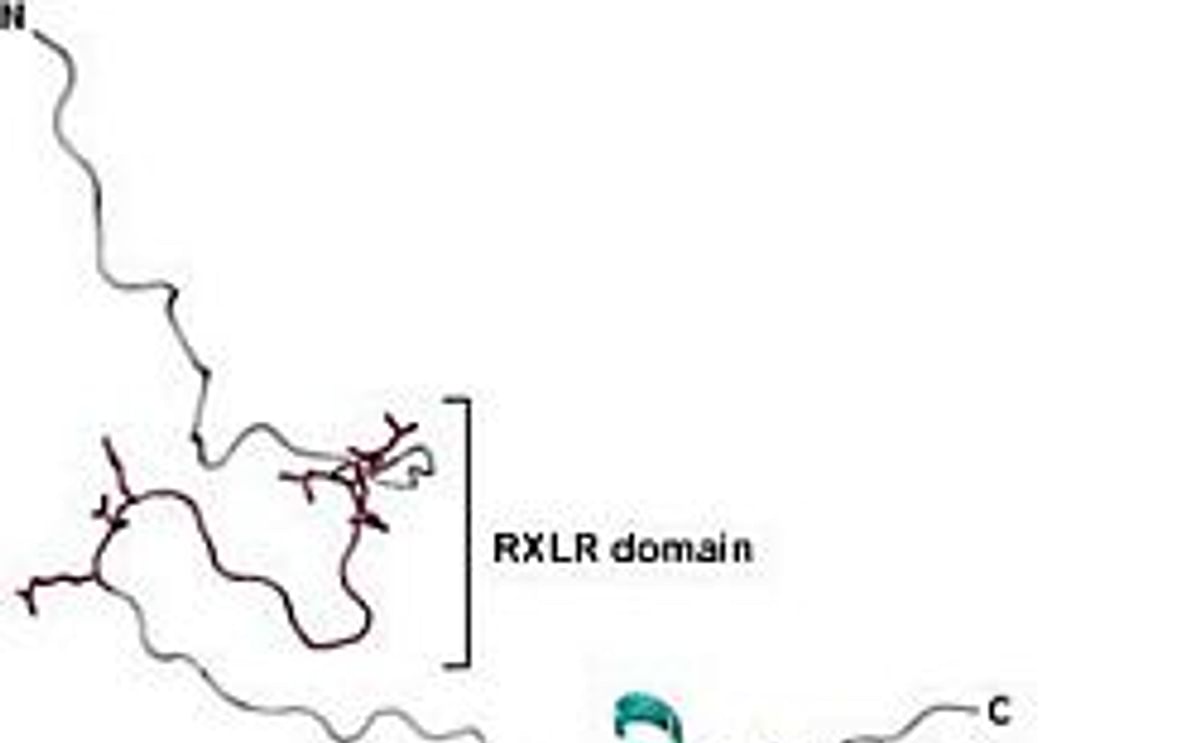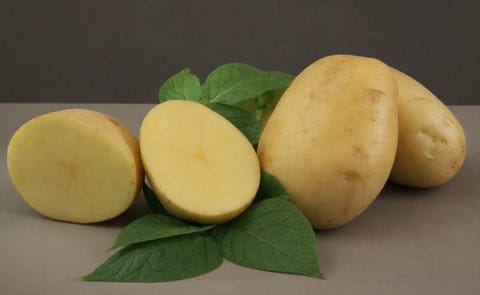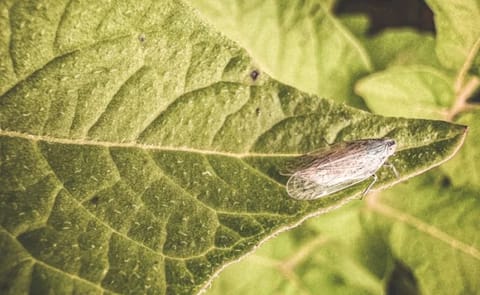Phytophthora is Latin for “plant destroyer,” and Phytophthora infestans is the pathogen that causes potato late blight.
This pathogen is responsible for widespread devastation of potato crops, and is especially known as the cause of the mass starvation in Ireland in the 19th century.
With about 100 million tons of potatoes consumed annually, worldwide losses from potato late blight amount to 6.7 billion dollars annually (statistics from Wageningen University, The Netherlands), which represents a serious effect on food security.
Plant Science Center’s Plant Immunity Group was the first to determine the tertiary structure for AVR3a, a protein secreted by P. infestans. Based on this 3D structure data, the group identified a characteristic surface configuration that is commonly conserved among functionally similar pathogens as the necessary structure to suppress plant immune response.
Structural analysis showed a bundle of 4 ? helixes (called an effector domain) with a tail-like appendage that includes a C-terminal tyrosine necessary to inactivate CMPG1, a key factor in plant immune responses.
Additionally, biochemical analysis showed that a positively charged surface patch was necessary to bind with phosphatidylinositol monophosphates, a kind of membrane lipids, and to maintain the amount of AVR3a in plant cells.
From these results, the group arrived at the idea that binding to the lipid membrane creates a more stable AVR3a that allows it to bind to and interfere with CMPG1, thereby inhibiting plant immune response.
These findings are a major step forward in understanding plant immunity and should be useful in creating agricultural chemicals that block the proliferation of pathogens and contribute to the development of resistant crops.
3D structure of Phytophthora protein provides clues on how the disease attacks potatoes

Like to receive news like this by email? Join and Subscribe!
Get the latest potato industry news straight to your WhatsApp. Join the PotatoPro WhatsApp Community!
Sponsored Content
Sponsored Content
Sponsored Content
Sponsored Content






